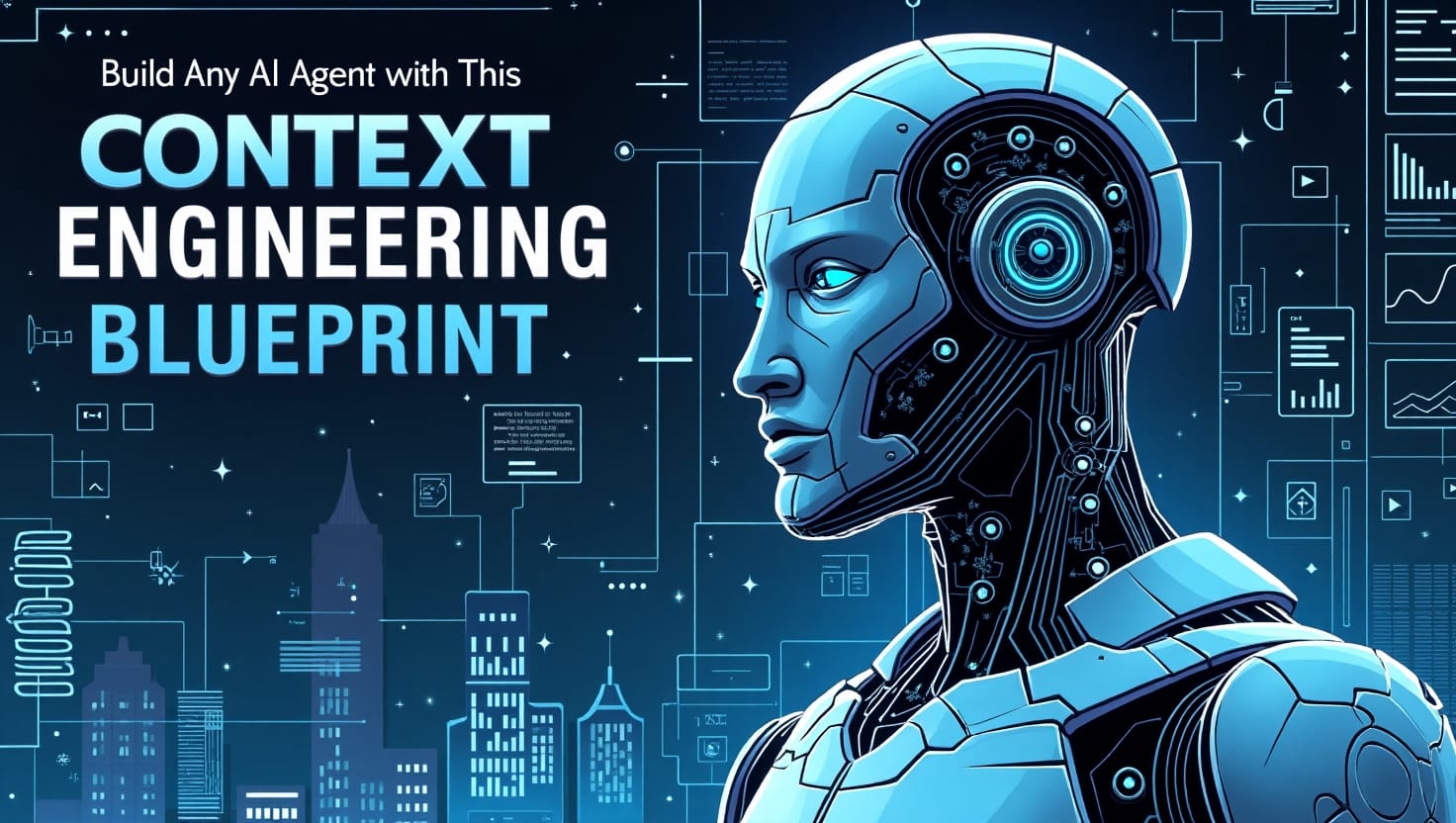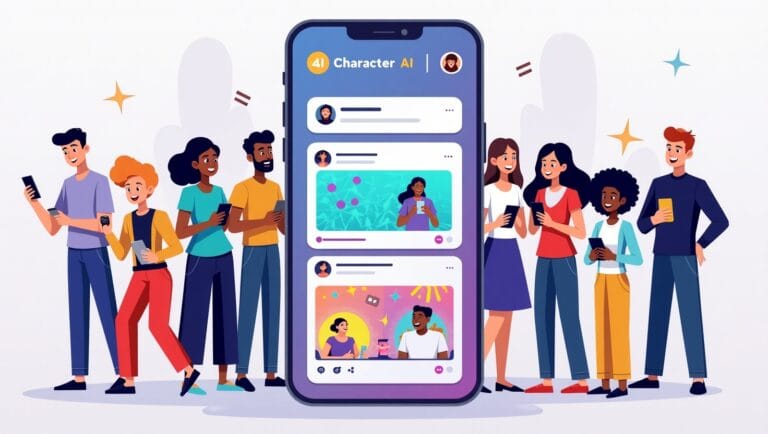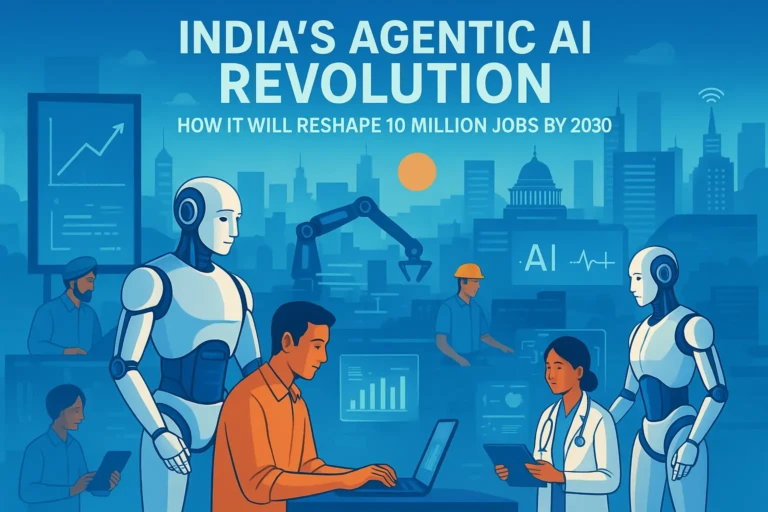In the fast-evolving world of Artificial Intelligence, building smart and reliable AI agents isn’t just about plugging in large language models like GPT—it’s about engineering context. Context engineering is the secret sauce behind successful AI agents that understand, reason, and respond like humans.
Whether you’re building a customer support chatbot, an AI tutor, a virtual assistant, or a coding helper, this context engineering blueprint will give you the foundation to build any AI agent with precision and purpose.
🔧 What Is Context Engineering?
Context engineering refers to the process of designing and structuring the information an AI agent needs to perform a task efficiently. Instead of prompting models ad-hoc, developers now engineer context pipelines that include:
- System instructions
- User profiles
- Memory or session state
- Relevant knowledge bases
- Real-time inputs (e.g., search, APIs, tools)
This approach turns a generic AI model into a task-specific, intelligent agent.

🧠 Why Context Matters in AI Agents
Imagine asking an AI: “Can you book my flight again?”
Without context:
“I’m sorry, I don’t have that information.”
With context:
“Sure! Rebooking your last trip to Mumbai on Air India for July 30. Shall I use the same card ending in 2485?”
The difference is massive—and context makes it happen.
🧩 The Blueprint: Components of a Fully Contextual AI Agent
Here’s a modular blueprint to build your own AI agent using context engineering:
1. System Prompt Layer (Agent Role Definition)
Define the persona and responsibilities of the AI agent.
plaintextCopyEdit"You are a friendly, knowledgeable travel assistant who helps users book flights, hotels, and rental cars while optimizing for budget and comfort."
💡 Tip: This sets the tone and scope for all interactions.
2. User Profile & Session Memory
Store persistent details like:
- User preferences
- Past interactions
- Contextual goals
Tools like LangChain Memory, Pinecone, or Vector Databases help maintain this long-term memory.
3. Dynamic Context Retrieval
Use Retrieval-Augmented Generation (RAG) to fetch context from:
- FAQs / knowledge base
- Documentation
- Web search
- Database queries
- APIs
📌 Example: An AI coding assistant pulls the correct function from your codebase using embeddings.
4. Tool Use & API Calling
Modern agents don’t just talk—they take action.
Example tools:
- Booking APIs
- Calculator or calendar tools
- Web scraping
- Real-time data fetching (weather, news, etc.)
Use frameworks like LangChain, AutoGPT, or OpenAI’s function calling to wire these tools in.
5. Response Generation + Self-Check
Once context is loaded and tools are used, the agent generates a response—but the final layer is self-verification.
Add a verification step:
- Double-check facts
- Confirm user intent
- Propose options, not just actions
🧪 Example Use Case: AI Fitness Coach
Let’s apply the blueprint:
| Component | Example |
|---|---|
| Role | “You are an expert fitness coach focused on weight loss.” |
| Memory | Past 7-day meal logs and workout sessions |
| RAG | Fetch tips from trusted health sites |
| Tools | BMI calculator, calendar for workout scheduling |
| Self-check | Ensure diet advice aligns with user’s allergies |
Boom—you’ve got a smart, adaptive AI fitness agent!
🛠️ Recommended Tools & Frameworks
- LangChain – for chaining prompts, memory, and tools
- OpenAI GPT-4o / Anthropic Claude / Mistral – powerful base LLMs
- Weaviate / Pinecone – vector databases for semantic retrieval
- Supabase / Firebase – store user metadata or structured profiles
- Gradio / Streamlit – build interactive UIs for your agents
🚀 Final Thoughts
The future of AI isn’t just in smarter models, but in smarter engineering. With this context engineering blueprint, you can build AI agents that feel personal, think logically, and act usefully.
Whether you’re building for productivity, education, entertainment, or customer experience—context is your cheat code.
💬 Want to Build Your Own AI Agent?
Follow us at TechSplits.com as we explore AI development, frameworks, and blueprints to turn your AI ideas into reality.







